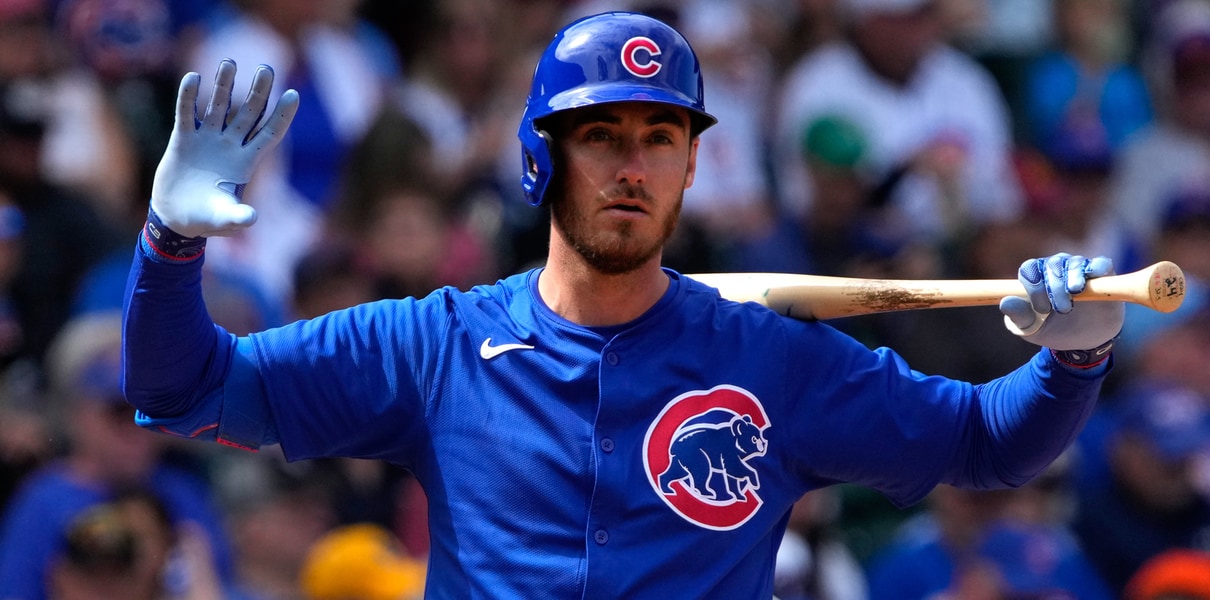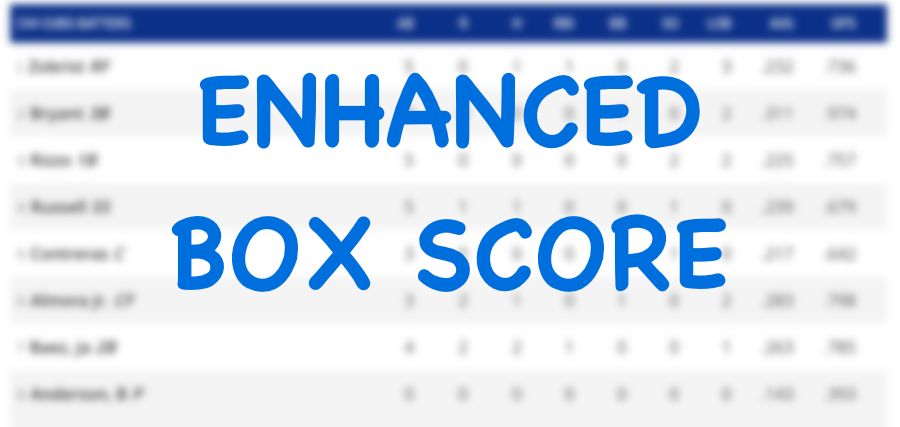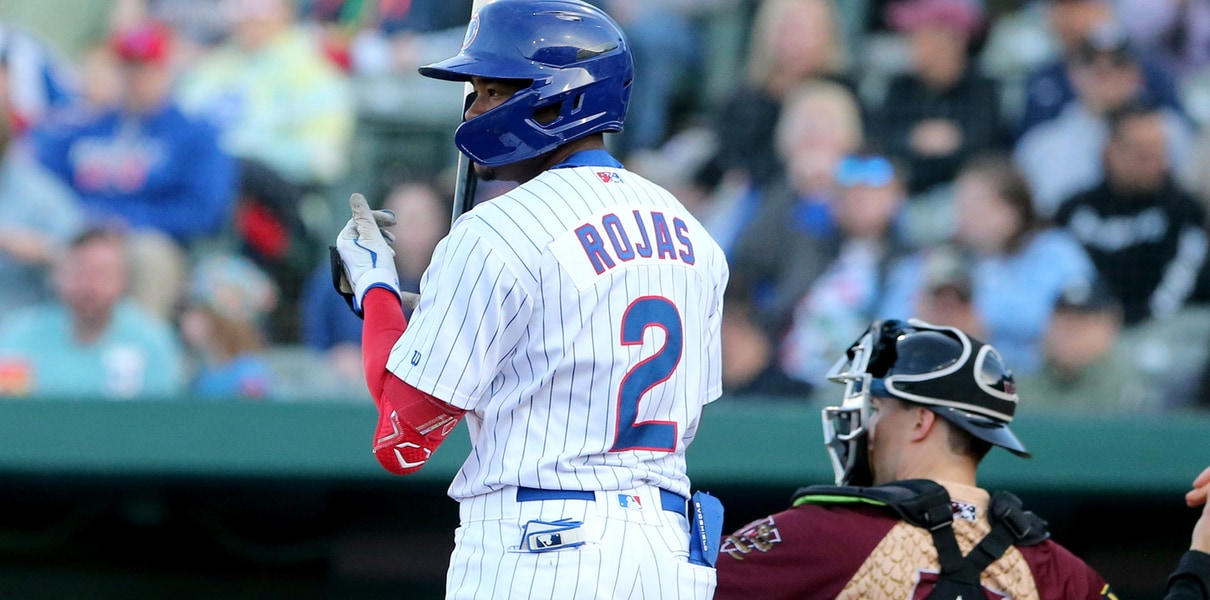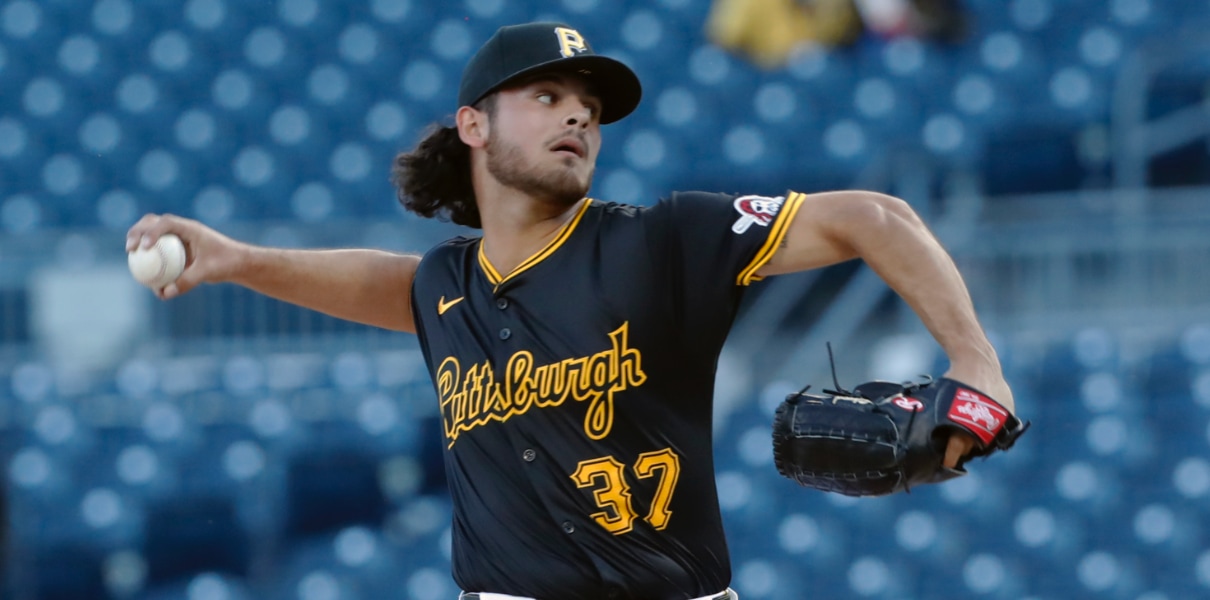With a number of significant free agents looming after this season, considering their movements in a very real way is coming – sooner than you might think. As the MLBits noted last night, midseason trade rumormongering will soon begin, which will necessarily implicate the free agent class thanks both to the specter of draft pick compensation, and also the possibility that teams will try to acquire one of the big-timers now and then lock him down before he actually reaches the market.
With that in mind, I don’t really think it’s too early at all to start thinking about the range of actual contract prices for this impressive class of free agents, especially against the backdrop of what happened last offseason and the way contracts got a whole lot more creative. If nothing else, it’s interesting.
When it comes to discussing the possible contracts for guys like Bryce Harper or Manny Machado or Clayton Kershaw, we have a tendency to just kind of think of a big number – bigger than previous numbers, and usually round – and go with that in our conversation. While there’s SOME art to that (guys do try to beat previous contracts of relevance), it’s mostly just something you do at the bar.
To that end, I really enjoyed Dan Szymborski’s early look projected contracts for some of the biggest free agent stars using objective criteria, specifically his ZiPS system. Notably, though, he looked back at the last couple years of contracts to determine how much teams wound up *actually* paying out for projected WAR in order to come up with a WAR/$ value to use for these projections. It’s a subtle difference, but a smart and important one: instead of using the dollar value provided by players as a multiplier in these WAR calculations, Szymborski appears to recognize that things have gone a little wonky, and therefore relies on what teams have actually been spending (combined with what ZiPS projects the players to do in the coming years).
In so doing, his projected contracts wind up being really surprising. I won’t give you all the nitty gritty, as you should read the article for that. But I do want to discuss a particular surprise.
For one thing, Manny Machado (eight years and $300 million) winds up with the largest projected contract, rather than Bryce Harper (eight years and $258 million), thanks largely to Machado playing shortstop and his consistent and durable performance. For all the ballyhoo of Harper’s insane 2015 season (9.3 WAR), he has never otherwise reached even 5.0 WAR. Machado’s done that three times.
(Note, if projected as a third baseman, Machado’s deal drops to eight years and $264 million, still higher than Harper.)

For these two guys, I think an enormous contract is guaranteed at this point, regardless of what happens this season (short of a loss of limb). But I also think the final figures could diverge wildly based on how they perform.
For example, if Harper has another Ruthian season like he did a few years ago? I honestly believe $400 million will be within reach of the 26-year-old. And if Machado transitions well to shortstop, while also having the kind of offensive season his batted ball rates suggested he should have had last year? Heck, he might push $400 million, too. I’d still give the contract edge to Harper in that scenario, though, since I suspect two franchise-altering seasons in the last four years would top three excellent seasons in the last four.
And what if Harper gets hurt again, or Machado’s offensive results are down again? It wouldn’t crush their contracts, but it would make projecting which guy gets more as we sit here today virtually impossible. Interesting, but impossible.
Circling back to that Harper projection … um … SIGN ME UP TODAY. That’s a little over $32 million annually for Harper’s age 26, 27, 28, 29, 30, 31, 32, and 33 seasons. That’s the kind of deal, in my view, that is simply too good to pass up, regardless of the roster fit, luxury tax implications, and what it may force you to do with other outfielders. Consider this: if he keeps performing and his arbitration figures keep trending as aggressively as this year’s record figure, Kris Bryant will push $30 million in his final arbitration year in 2020 when he’s 29.
For that reason, I strongly doubt that’s where Harper winds up. Yes, I get that it would still be a huge deal and I get that he’s had injuries that have limited his season-by-season production. But the bat is so very real (and not just because he can crush homers even after the bat shatters), and he’ll be in his prime. There’s absurd potential value there.
I tend to think that Harper will not only get an enormous guarantee (exceeding $300 million, again, absent a catastrophic scenario later this year), but he’ll get a cascade of opt-outs that make his contract truly unique. Well, unique save perhaps for whatever deal Machado gets.
What do you think about those two? Imagine each has the best possible year he can have in 2018. Whom would you want if the terms were equal? Whom do you think would actually get the biggest contract?






























